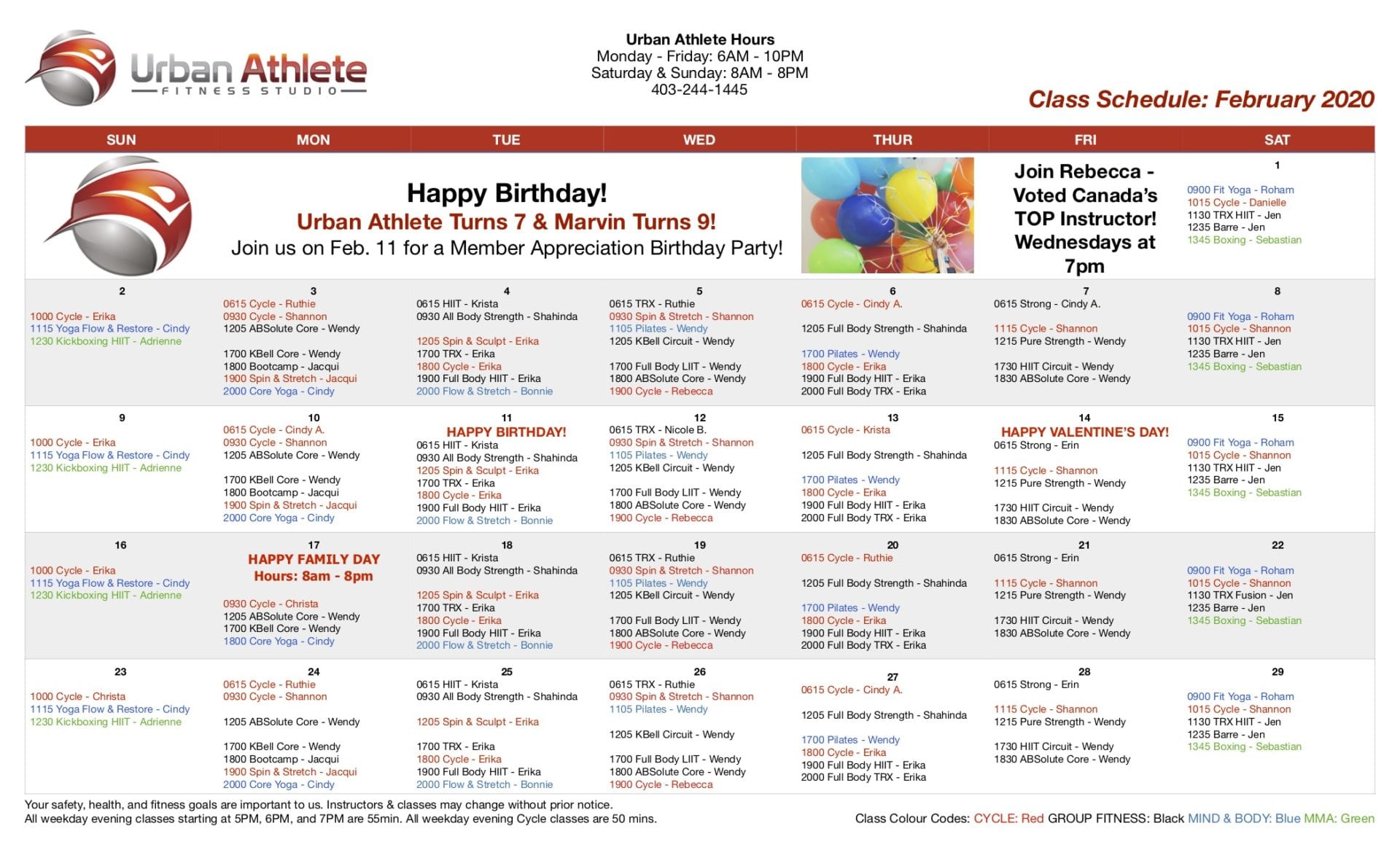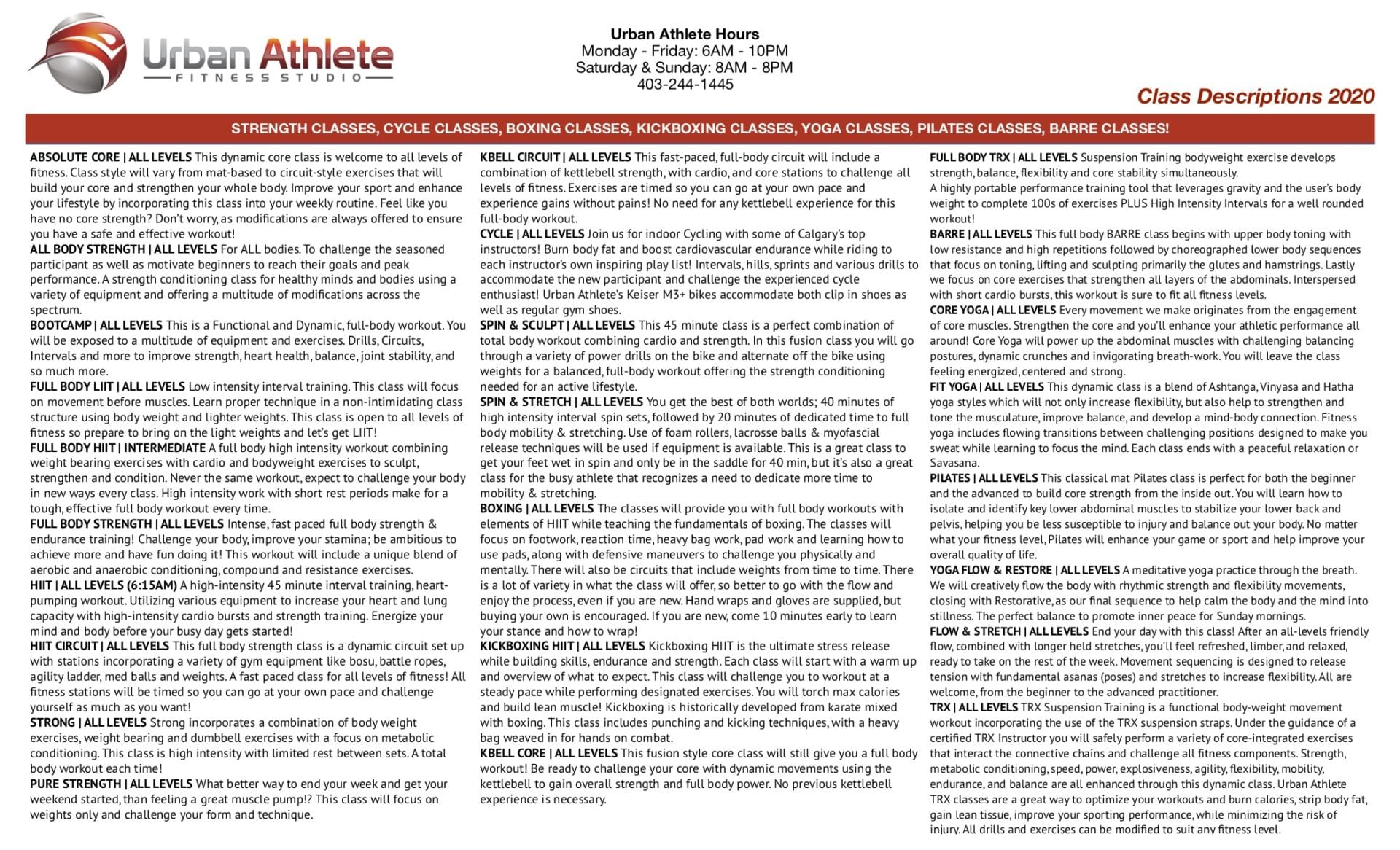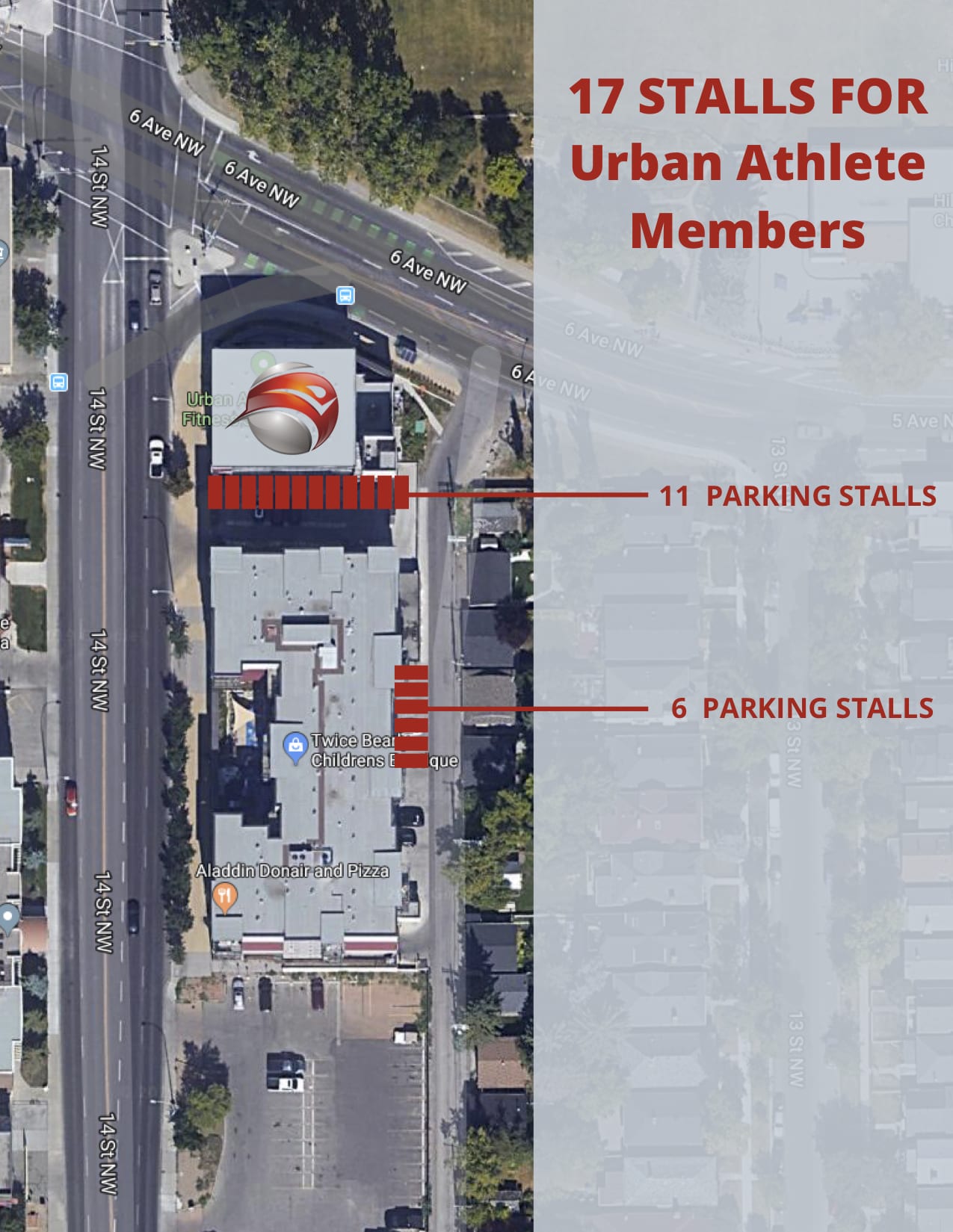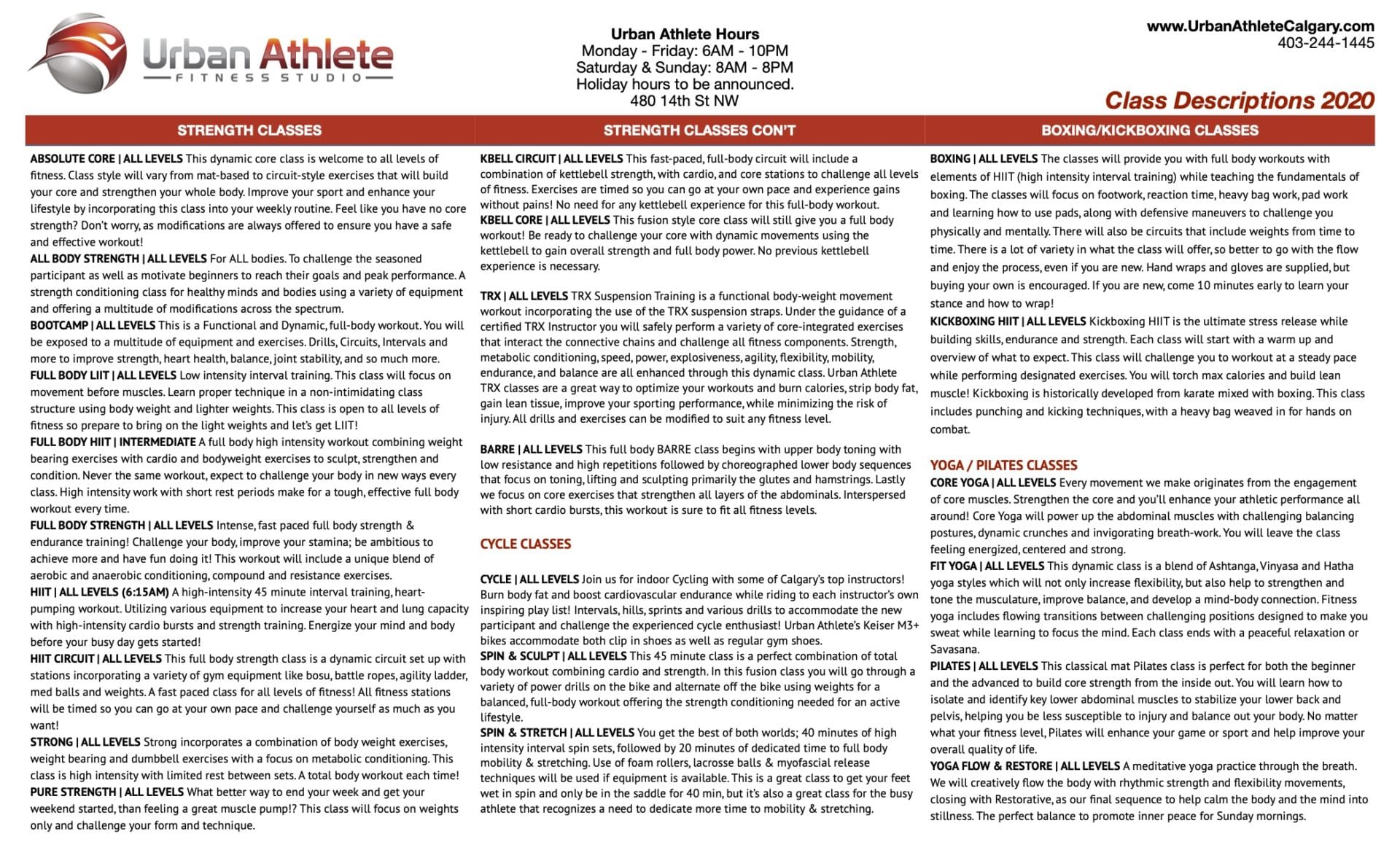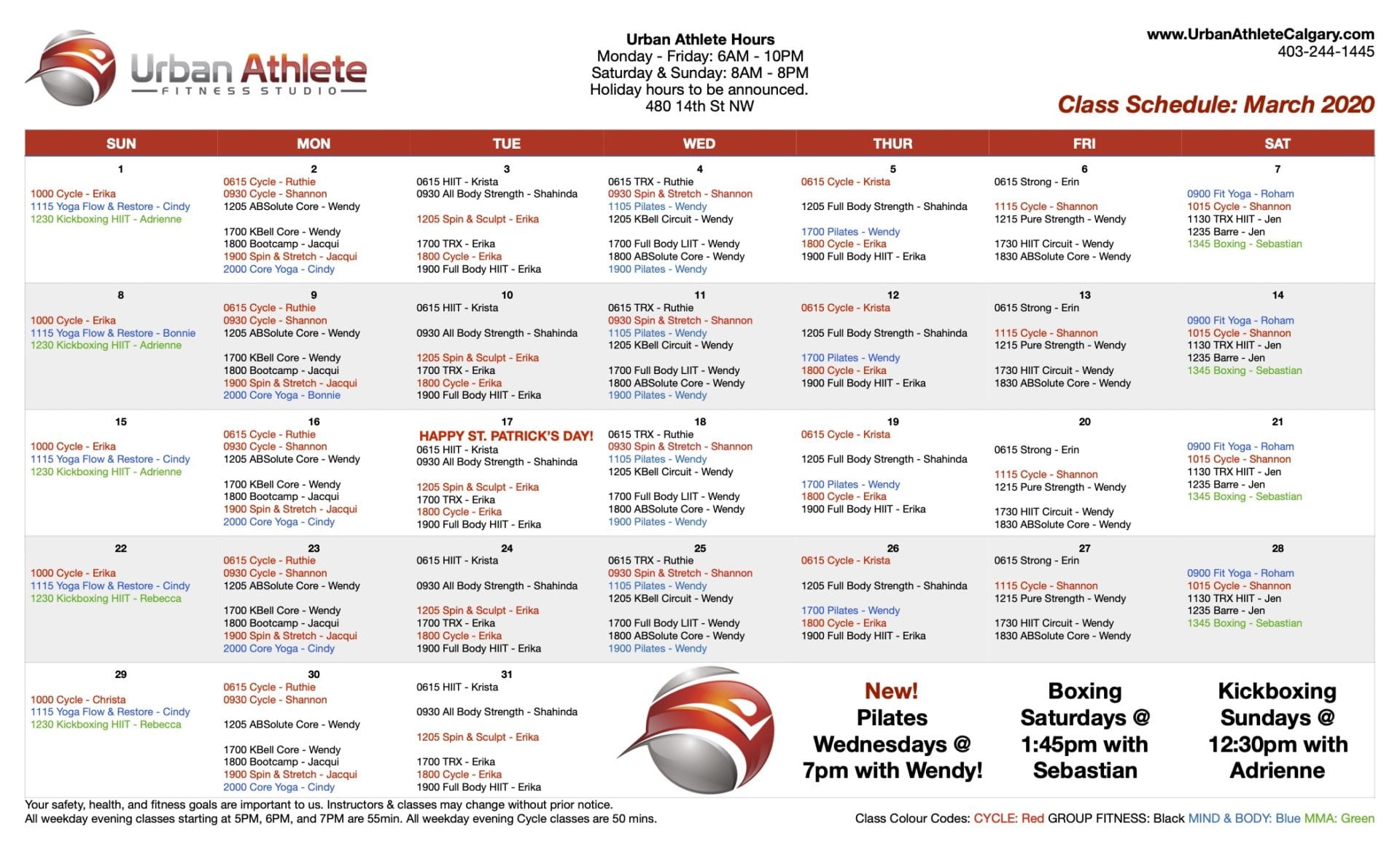What is proper movement?
It’s not how deep you go on a pushup or where your knees line up on a squat.
What is strength during a movement?
It’s not how much weight you can lift off the ground or press overhead.
Proper movement and strength during an exercise comes from maintaining total core stability by recognizing the favoured function of each individual joint; thereby creating a synergistic relationship between stability and mobility throughout the kinetic chain. (Cook&Jones, 2007a; 2007b)
In other words, use stabilizer muscles to stabilize, and mover muscles to move.
So what does core stability encompass?
Most of the time when you think of the core we think of the midsection; the abdominals, obliques and lower back. This is definitely part of the core, but the core’s function is to provide strength and stability to the entire spine during movements—not just to the thoracic vertebrae.
For full body stability we need to consider the entire torso as the core; everything but the limbs and head.
We must understand that to execute proper movements and create stability the focus should be on the positioning of the chest, the back, the shoulders, the abdominals and the hips during a movement.
Without maintaining proper form in all areas of the torso during an exercise we cannot say it was a safe and/or proper movement. The ideal lift requires one to maintain your spine’s natural alignment and position during the exercise.
What does a unstable movement look like, and how do we fix it?
An exercise that is commonly done without maintaining core stability is the Seated Row.
Without stabilizing the hips, back and shoulders what often happens is the shoulders will move, putting stress on the rotators, and the back will round causing the erectors and lumbar spine to take a lot of the weight.

However, if core stability is maintained throughout the entire movement then the appropriate muscles (lats, deltoids, biceps) can do the required moving and receive the intended stress needed for growth. For this to occur ensuring the stabilizers are doing their job by immobilizing the joint before applying movement is crucial.
If you preform an exercise and allow a stability joint to move or compromise the stability of the spine through either flexion, extension or rotation, you are achieving what I call reverse engineering of the body—strengthening into (and out of) an unsafe position, communicating to your body that its okay to put itself at risk.
It’s not that perfection of every movement needs to be achieved, but by striving for the most stable and momentum free movement possible will reduce the risk of injury due to overcompensation of the aforementioned stabilizers that are just not meant to lift heavy things.

